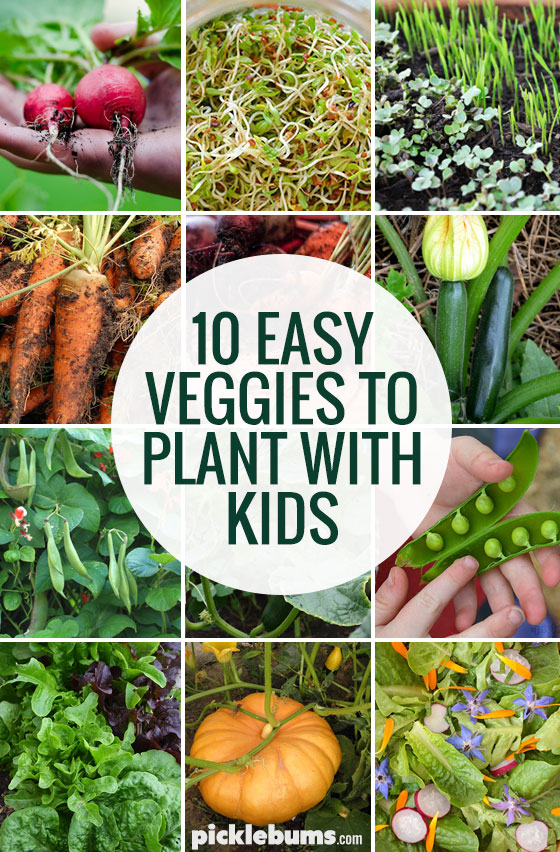Growing your own vegetables is one of the most rewarding and fulfilling activities you can undertake, offering not only a source of fresh and healthy food but also a chance to connect with nature and reduce your grocery bill. For those new to gardening, starting with easy-to-grow vegetables can make the experience enjoyable and less intimidating. But what makes a vegetable easy to grow, and which ones should you start with?
Getting Started with Your First Easy Vegetable Garden
With a basic understanding of which vegetables are easy to grow and how to care for them, you’re ready to plan your first vegetable garden. Setting up a garden layout that maximizes space, meets each plant’s needs, and aligns with your available resources is essential to a successful gardening experience. Let’s explore key steps to get started.
Planning Your Garden Layout
A well-planned garden layout allows each plant to thrive by providing optimal spacing, sunlight, and soil conditions. Here are some layout tips to keep in mind:
- Assess Your Available Space: Start by measuring your garden area or container space. Whether you’re planting in a small backyard, raised bed, or containers on a balcony, understanding the size and shape of your garden area helps in choosing the right vegetables.
- Design for Accessibility: Make sure you can reach each plant easily for watering, weeding, and harvesting. Leave pathways between rows, especially if you have a larger garden plot, or arrange containers so they’re easily accessible.
- Consider Companion Planting: Certain plants benefit from being near one another, as they help each other with pest control, nutrient sharing, and growth. For example, planting basil near tomatoes enhances tomato flavor and repels insects.
| Vegetable | Companion Plants | Benefits |
|---|---|---|
| Tomatoes | Basil, Marigold | Repels pests, enhances flavor |
| Lettuce | Carrots, Radishes | Shade, soil aeration |
| Carrots | Beans, Onions | Repels pests |
| Zucchini | Corn, Nasturtium | Space efficiency, pest control |
Deciding Between Seeds vs. Starter Plants
Whether you start from seeds or purchase starter plants can impact both your timeline and the initial effort involved.
- Seeds: Starting from seeds is often more economical and allows for a wider variety of vegetables, but it may require more patience. Radishes, spinach, and lettuce are excellent choices for seed planting because they germinate quickly.
- Starter Plants: If you’re eager to see growth quickly, starter plants can be a great option, especially for slow-growing vegetables like tomatoes. Starter plants can be more resilient and are often easier for beginners since they skip the more delicate germination stage.
Best Times of Year to Plant These Vegetables
The timing of planting is crucial for vegetable success, as each plant has an ideal season based on temperature and daylight.
- Cool-Season Vegetables: Radishes, spinach, lettuce, carrots, and peas thrive in spring and fall, as they prefer cooler temperatures. Plant these early in the season, just after the last frost, or later in the fall.
- Warm-Season Vegetables: Tomatoes, zucchinis, green beans, and cucumbers need warm soil and air temperatures. Plant these after the last frost date in your area for optimal growth.
To help plan, consider creating a planting calendar based on your region’s frost dates. Many gardening apps and websites allow you to enter your location and will generate a customized planting calendar.
Basic Tools for Beginner Gardeners
Having the right tools makes planting, watering, and harvesting easier and more enjoyable. Here are a few essential tools that every beginner gardener should consider:
- Trowel: A hand trowel is perfect for digging holes for seeds or transplanting starter plants. Look for one with a comfortable grip and sturdy blade.
- Watering Can or Hose: Choose a watering can with a shower-style spout to provide gentle watering, or use a hose with an adjustable nozzle to control water flow.
- Gardening Gloves: Protect your hands from soil, thorns, and possible blisters with a durable pair of gloves.
- Pruners: Essential for cutting back plants and harvesting leafy greens, tomatoes, and other vegetables.
- Garden Fork or Rake: Useful for loosening soil and removing weeds, especially in larger garden beds.
Tips for Success with Container Gardens
For those with limited space or an urban setting, container gardening is an excellent alternative that can yield impressive results. Here’s how to set up a container garden successfully:
- Choose the Right Containers: Select containers with drainage holes to prevent waterlogging. The size of the container should correspond to the plant—leafy greens and radishes can thrive in smaller pots, while tomatoes and zucchini need larger containers.
- Ensure Proper Drainage: To avoid root rot, fill the bottom of containers with small rocks or gravel and use a well-draining potting mix.
- Water Carefully: Containers dry out faster than garden beds, especially in hot weather. Check moisture levels frequently and water accordingly. Using self-watering containers can be a great help for maintaining consistent moisture.
Container gardening also makes it easier to move plants around to ensure they get the right amount of sunlight and protection from strong winds or extreme temperatures. Many vegetables on the “easiest to grow” list, like herbs, radishes, lettuce, and spinach, are particularly well-suited to containers.
.png)

